Home/Wellness Zone/Sakra Blogs

17th Feb, 2025
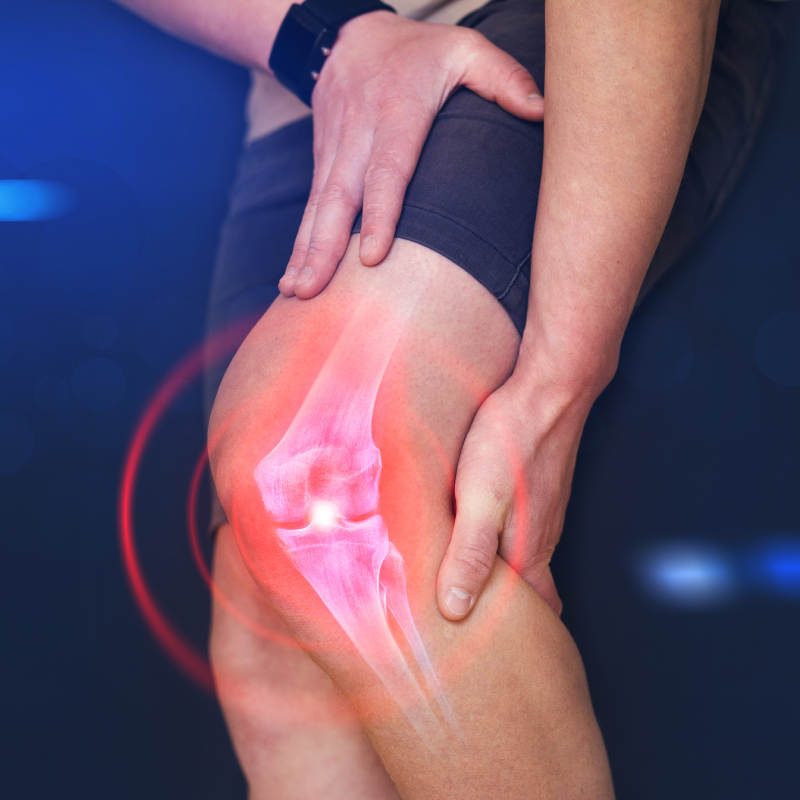
Knee ligament injuries are common among athletes and active individuals. The knee has four major ligaments: the anterior cruciate ligament (ACL), posterior cruciate ligament (PCL), medial collateral ligament (MCL), and lateral collateral ligament (LCL). These ligaments provide stability to the knee joint, and when torn, they often require surgical intervention for proper healing.
Ligament surgery of the knee, also known as ligament reconstruction, is a procedure performed to repair or replace a torn ligament. The most commonly performed ligament surgery is ACL reconstruction, but PCL, MCL, and LCL surgeries are also done depending on the severity of the injury. This procedure is usually recommended when non-surgical treatments like physical therapy and bracing fail to restore knee stability.
Knee ligament surgery is usually performed arthroscopically, meaning small incisions are made, and a camera (arthroscope) is inserted to guide the surgeon. The procedure involves:
Recovery after ligament surgery takes several months and involves:
Knee ligament surgery is highly effective when combined with proper rehabilitation. If you have a knee ligament injury, consult an orthopedic specialist to explore the best treatment options for you.
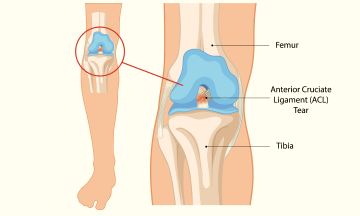
Ligament injuries, especially to the
19 Feb 2025
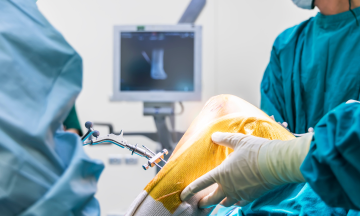
Knee replacement surgery has come
17 Feb 2025
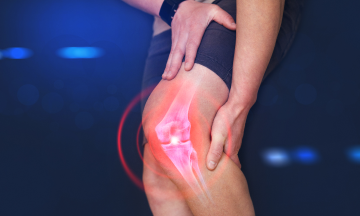
Knee ligament injuries are common
17 Feb 2025

Maintaining good posture while working
13 Nov 2024

Shoulder pain is a common
13 Nov 2024
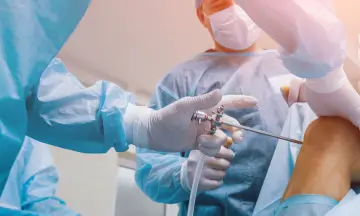
Shoulder injuries are common in
16 Sep 2024

Shoulder arthroplasty, also known as
16 Sep 2024
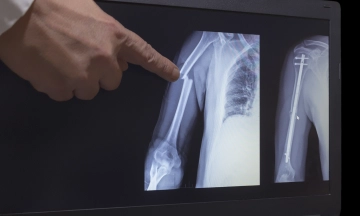
A hairline fracture,
23 Jul 2024

A rotator cuff is a
20 Apr 2023
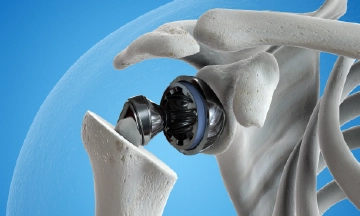
Shoulder replacement surgery, also known
15 Mar 2023

Bengaluru, December 13, 2020:Sakra World
7 Jun 2021
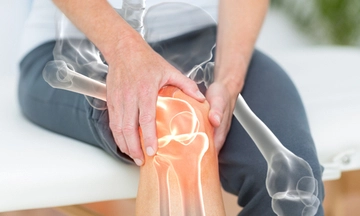
Importance of Knee Joint The knee
6 Nov 2020

There are a subset of
6 Nov 2020

Question: I haven’t been injured
24 Jan 2020
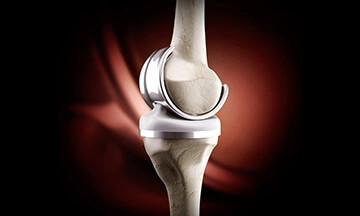
Medically known as adhesive capsulitis,
23 Dec 2019

Medically known as adhesive capsulitis,
23 Dec 2019

Living in pain can be
23 Dec 2019

Overview of treatment options for
23 Dec 2019
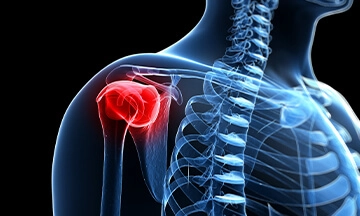
There are a variety of
23 Dec 2019

If you've been around athletes,
23 Dec 2019

Simple activities like brushing hair
23 Dec 2019

The shoulder consists of several
23 Dec 2019

The group of muscles &
23 Dec 2019
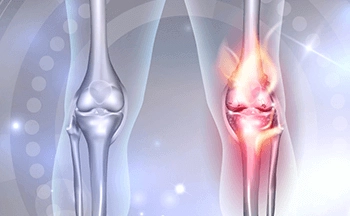
What is Meniscal transplant surgery? Replacing
2 Jan 2019
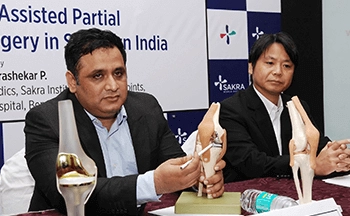
Sakra World Hospital introduces Computer
6 Sep 2016
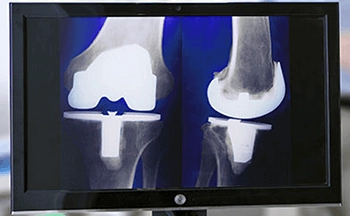
Total Knee Replacement
20 Jul 2016

The shoulder is a complex
8 Mar 2016
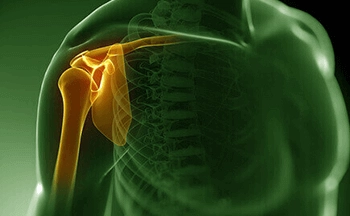
Shoulder joint complex is a
6 Feb 2015
Enquire Now

